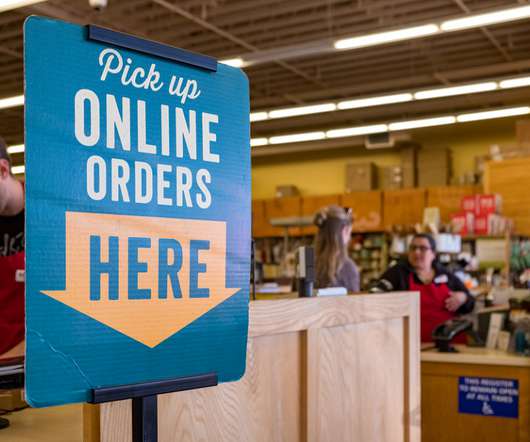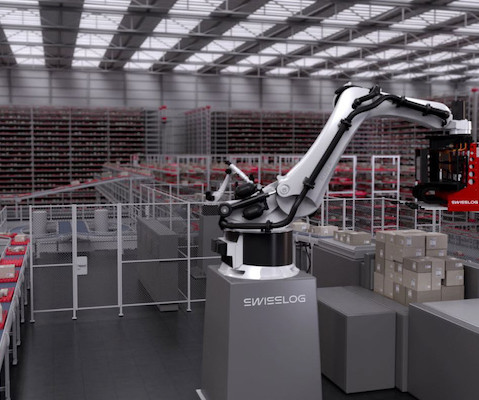Top 10 Retail Trends to Watch in 2024
RETAIL MANAGEMENT SOFTWARE
JANUARY 16, 2024
As we step into 2024, the retail sector is undergoing significant transformations in technology, supply chain dynamics, and consumer behavior. The intersection of these changes with economic uncertainties, such as inflation and an unpredictable job market, creates a swiftly evolving and complex landscape.












Let's personalize your content